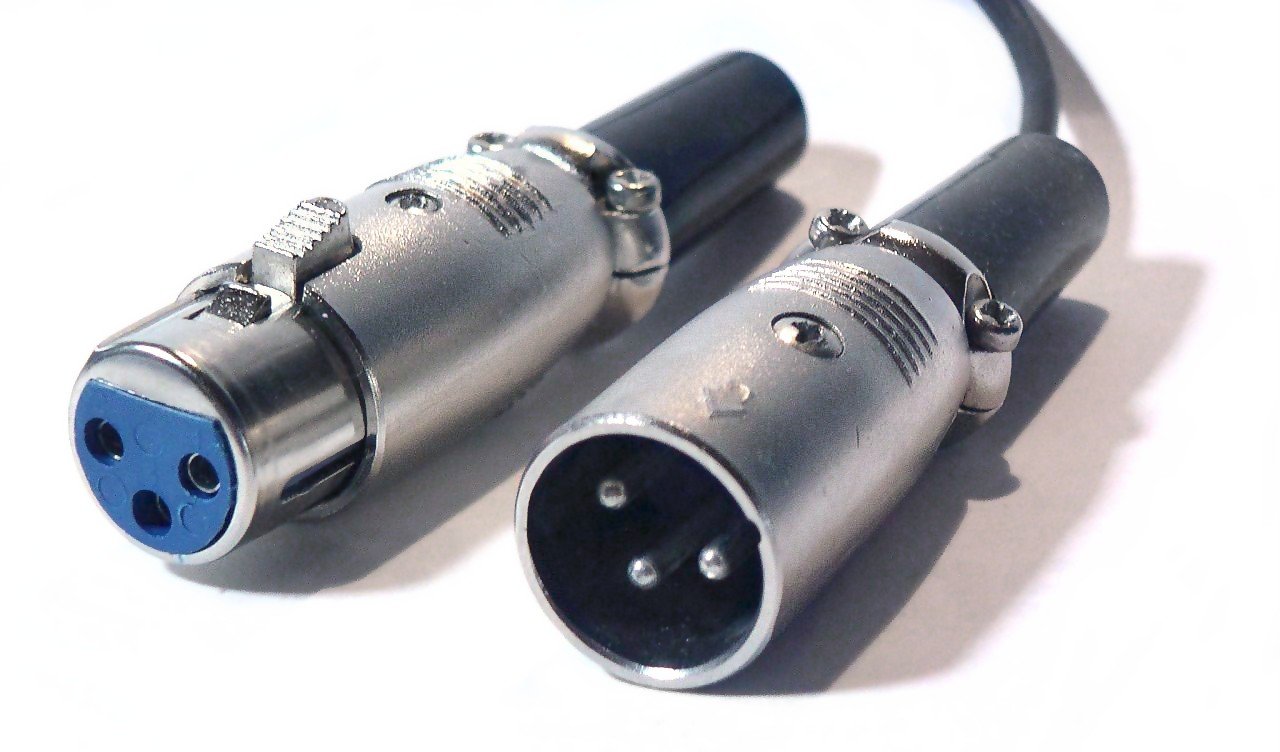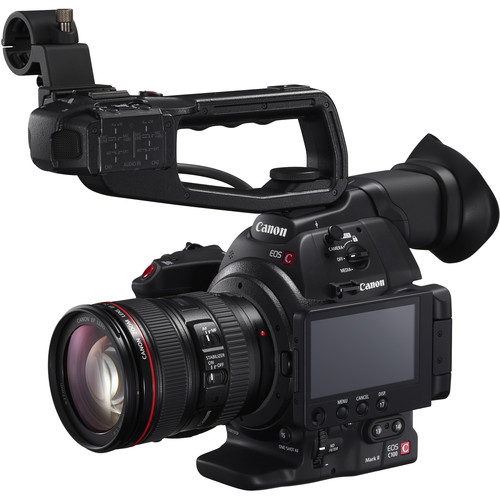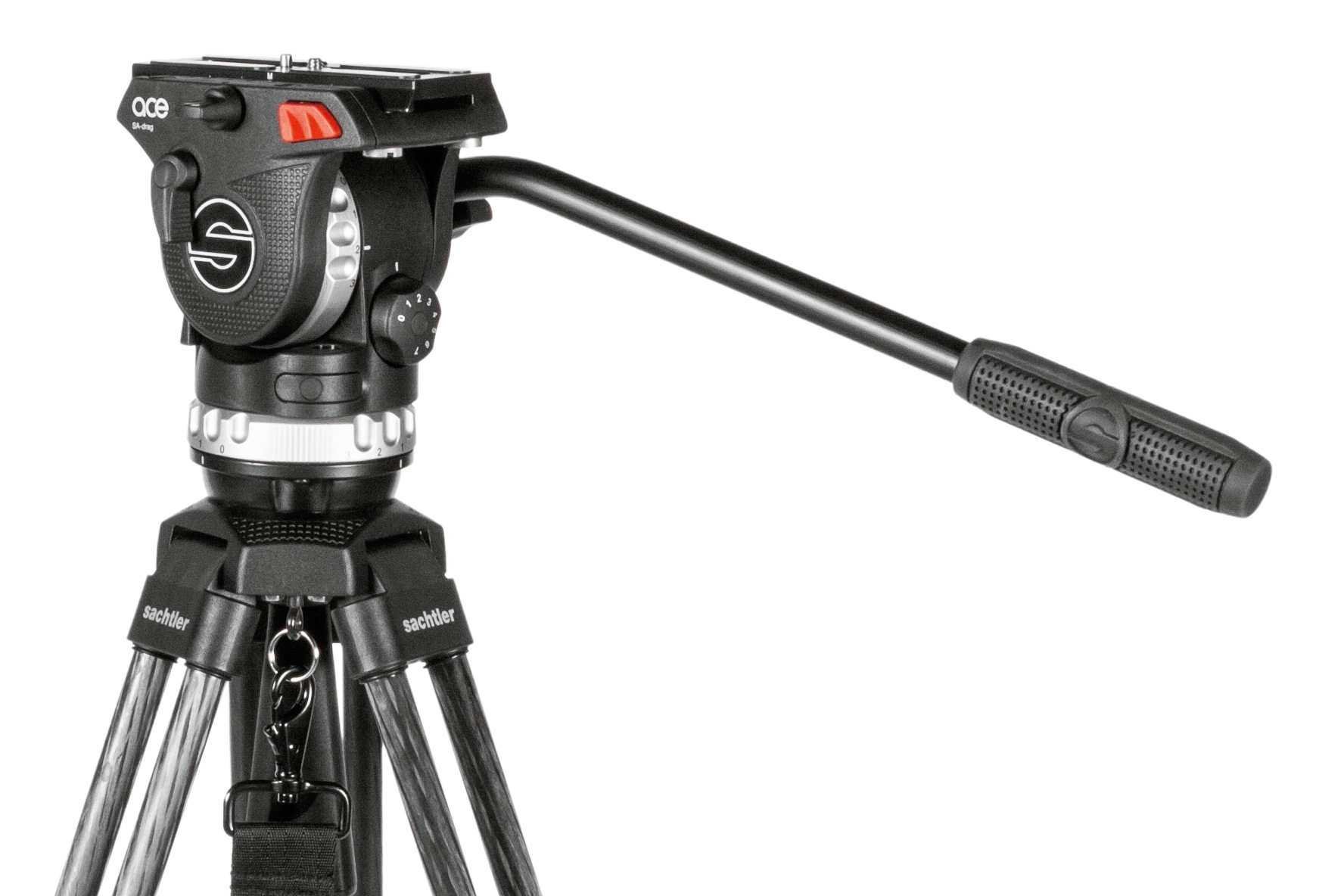The iPhone 6 shoots in 4k. The picture quality is high enough that some TV shows are filmed using them. The sound collection is not adequate however. We recommend renting a quality XLR lapel mic with adapter for the iPhone. They rent for about $15. Avoid cheap $10 - $25 lapel mic options, as these do not collect adequate sound. You should also have the phone mounted in a holder on a tripod.
The iPhone 6 shoots in 4k. The picture quality is high enough that some TV shows are filmed using them. The sound collection is not adequate however. We suggest either renting a quality XLR lapel mic with adapter for the iPhone. They rent for about $15, or purchasing a professional microphone attachment such as the Shure MV88 iOS Digital Stereo Condenser Microphone. Avoid cheap $10 - $25 lapel mic options, as these do not collect adequate sound. You should also have the phone mounted in a holder on a tripod. We recommend the Vastar Universal Cell Phone Tripod Mount Adapter Holder for iPhone/Samsung Galaxy/Nexus and More Cell Phones Use on Tripod, Monopod, Selfie Stick, Tabletop Tripod Stand and More
.
While AVCHD is of higher quality, consider using a camera that shoots in MP4 format because of its small file size, and compatibility with more software. Your camera should be at least HD, and 4K if possible. Many professionals are shooting in 4k now. It is often more practical to use a camcorder over a DSLR camera:
iPhone 6 plus held by hand (no tripod), using the phone's own mic . Natural storefront window light behind camera (no pro lighting).
Professional Camera on tripod using directional shotgun mic. Natural storefront window light behind camera (no pro lighting).
If you plan on specializing in small business marketing videos, we recommend:

A Fixed Lens. Cameras with an interchangeable lens provides versatility, but it may add unnecessary complexity to shooting a business overview video. Simplicity and practicality may be more appropriate. DSLR's are less expensive and more versatile, but are also more complicated, require more monitoring, and are not good with audio.
An XLR sound connection. Great sound separates pro quality from amateur. Having an XLR shotgun mic attached to your camera is the most convenient way to capture professional sound. Shotgun mics do pick up any background noise during your narration shoot from whatever direction the mic is aimed, but a little business background noise can also add ambiance. A quality lapel mic will give you the clearest sound, but is more time-consuming to set up and expensive to buy.
Compatible Resolution. If you are editing on an older computer, make sure the camera doesn't deliver more data than your computer can handle. Video qualities such as 4K resolution, bit rate, frame rate and codec can overwhelm an older computer. Newer computers come with more flash drive and less hard drive which prevents overheating during video editing.
The 4 largest manufacturers of professional video cameras are: Canon, JVC, Panasonic, and Sony. We've selected a few safe, popular choices that are more simple and easy to operate for the auto shooter. They are also practical in cost, and shoot well indoors in low light which will save time by not needing to set up additional lighting for your B-roll shots of the business. DSLR camera's are often less expensive, more visually versatile, but they usually do not have an XLR connection to capture pro sound, and are more complicated to use. They would require a separate audio recorder.
Model: Canon XA30 Professional Camcorder
Shotgun Mic: Rode NTG2 Condenser Shotgun Microphone
XLR Sound Cable: Kopul Coiled 3-Pin XLR-M to Angled 3-Pin XLR-F Cable - 3 to 18" (7.6 to 4.6 cm)
It's still a little early for 4K, and the price has been coming down on this top-selling HD camera. It has a good reputation for shooting in low light.
Cost: $1800
Model: Sony PXWZ150 4K XDCAM Camcorder
Mic: Choose between XLR shot gun mic, and XLR lapel mic
Cost: $3300

Model: Canon EOS C100 Mark II Cinema Mic: Choose between XLR shot gun mic, and XLR lapel mic
Cost: $4500
Sound for your Narration Interview (A-roll)
If you're using a smartphone or DSLR, the most practical sound option is to rent a lapel mic and transmitter from your local camera store that converts the XLR jack into a headphone jack to your camera. This usually rents around $15 per day.
If using a professional camera, a shotgun microphone can be the most practical for shooting your A-roll/narration shoot as it does not require set up, but it does pick up all the background noise in the direction the mic is pointed. This can often work fine however as a little business background noise can add to the ambiance of the video. A quality lapel mic will give you the clearest sound, but they are more expensive and require a little more setup.
Sound for your Shots of the Business (B-roll)
Pro sound equipment is not required.
One of the best-selling, practical, lapel mic systems is the Rode RodeLink FM Wireless Filmmaker System at around $400.
Another practical option if you are shooting narration with an iPhone or iPad is this Shure MV88 iOS Digital Stereo Condenser Microphone at $150.
There are 4 main types of tripod heads, pan-tilt-swivel, ball head, pistol grip and gimbal. The ball head, pistol grip and gimbal are overkill for shooting small business overview videos. A pan-tilt-swivel head will help you move in a straight line, but it needs to be a fluid head. Unfortunately, your typical Best Buy consumer tripod will deliver choppy movement when panning left to right. We've found that a fluid head tripod is the most practical for shooting small businesses. If you are shooting one time for your own business, you can work around this by making several attempts at panning smoothly. With enough tries, you should get one you can use, and this will save you a couple hundred dollars.

Pro lighting is not always necessary. Shooting outdoors, or having the business's large storefront window's behind the camera are ways to avoid needing additional lighting. If your camera performs well in low light as most do, pro lighting isn't necessary when taking shots of the business for your B-roll.
This three-light softbox kit is a little flimsy, but very practical for only occasional use at around $135. Fancierstudio Professional Digital Video Continuous Softbox Lighting Kit with Lighting Stand, 3000 Watt - (9026S3).

Copyright 2018. Permission to post on your website or print with crediting link to Biveo.com.